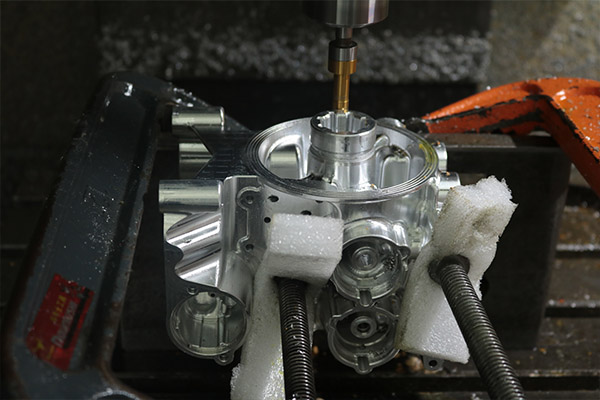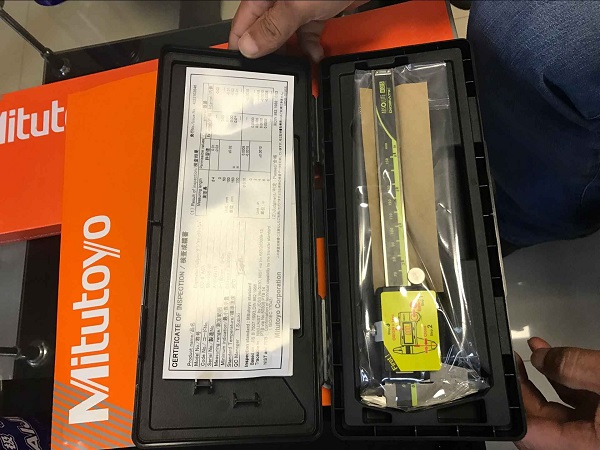Get in touch.
Dear,I will reply in 12 hours. All your message are protected!
Rapid Prototyping Services, Professional manufacturer of CNC Prototyping and 3D Prototyping in China.
In CNC machining, precision measurement is crucial to ensure accurate and high-quality results. One of the most commonly used tools for precise measurements is the vernier caliper. This versatile instrument allows machinists to measure dimensions with great accuracy, making it an indispensable tool in the CNC machining process. In this article, we will provide a step-by-step guide on how to effectively use a vernier caliper in CNC machining.

Familiarize Yourself with the Vernier Caliper:
Before using a vernier caliper, it's essential to understand its different parts and how they function. The main components of a vernier caliper include the main scale, vernier scale, jaws, and depth gauge. Take the time to study the caliper's features and markings to ensure you can interpret the measurements accurately.
Choose the Right Measurement Unit:
Vernier calipers are available in both metric and imperial units. Select the appropriate unit based on the measurement system used in your CNC machining project. Ensure that the caliper's main scale and vernier scale are aligned properly for accurate readings.

Zero the Caliper:
To zero the caliper, close the jaws completely and adjust the zero-point on the vernier scale to align with the zero-point on the main scale. This ensures that subsequent measurements are relative to the starting point, providing accurate readings.
Measure External Dimensions:
To measure the external dimensions of an object, open the jaws of the caliper and place the object between them. Gently close the jaws until they make contact with the object, ensuring a firm but not excessive grip. Read the measurement value from the main scale and the corresponding value from the vernier scale. Add these two values together to obtain the final measurement.
Measure Internal Dimensions:
For measuring internal dimensions, such as the diameter of a hole, use the caliper's depth gauge. Insert the depth gauge into the hole until it makes contact with the opposite side. Lock the depth gauge in place and read the measurement value from the main scale and vernier scale as before.
Measure Depth:
To measure the depth of a groove or a step, use the depth gauge on the caliper. Place the depth gauge perpendicular to the surface and gently lower it until it reaches the bottom of the groove or step. Read the measurement value from the main scale and vernier scale to obtain the depth measurement.
Conclusion:
The vernier caliper is an indispensable tool in CNC machining, enabling precise measurements for accurate and high-quality results. By familiarizing yourself with the caliper's components, zeroing it correctly, and following a step-by-step approach for measuring external dimensions, internal dimensions, and depth, you can ensure that your CNC machining projects meet the required specifications. Implement these best practices to enhance the precision and quality of your work, ultimately impressing clients with your attention to detail and accuracy.
© 2005-2025 Shenzhen Tuowei Model Technologies Co., Ltd. | All Rights Reserved 粤ICP备11096697号